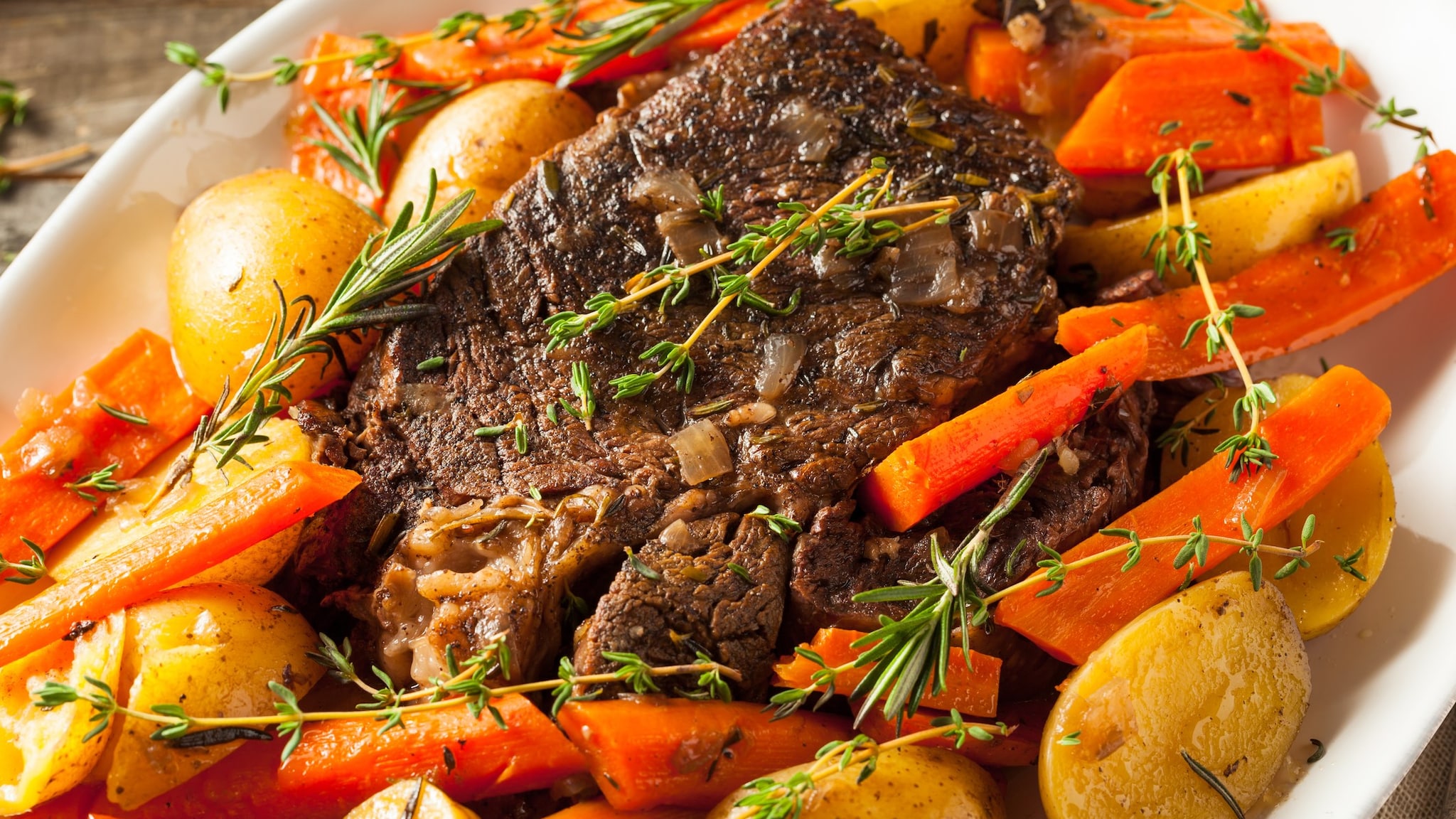Key points
- Almost 1 million people get C. perfringens food poisoning every year in the United States.
- C. perfringens food poisoning can cause diarrhea and stomach cramps.
- Food not kept at safe temperatures can cause C. perfringens food poisoning.

Overview
Clostridium perfringens bacteria are a common cause of food poisoning in the United States. CDC estimates that C. perfringens causes nearly 1 million foodborne illnesses in the United States each year.
How C. perfringens makes people sick
C. perfringens makes spores, which have protective coatings. After a person eats food contaminated with the C. perfringens, the bacteria can make a toxin (poison) that causes diarrhea.
Foods linked to C. perfringens food poisoning
Most often foods cooked in large batches and held at unsafe temperatures (between 40°F and 140°F) are involved in outbreaks of C. perfringens food poisoning.
Some foods linked commonly to C. perfringens food poisoning include
- Poultry, such as turkey and chicken
- Meat, such as beef and pork
- Gravy
Outbreaks linked to C. perfringens food poisoning
Outbreaks of C. perfringens food poisoning tend to happen in settings where large groups of people are served and keeping food at proper temperatures may be difficult. These settings include
- Hospitals
- School cafeterias
- Prisons
- Nursing homes, and
- Large events with catered food
Most outbreaks happen in November and December. Many of them have been linked to popular holiday foods, such as turkey and roast beef.
